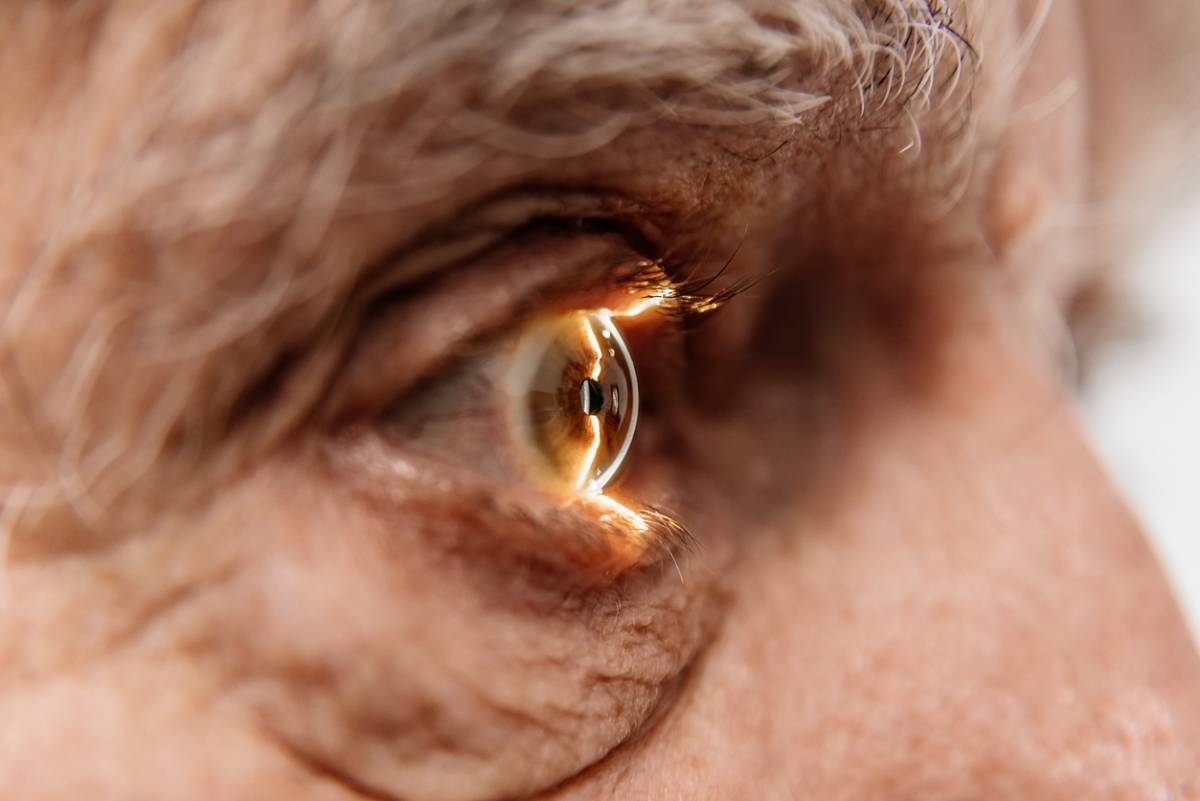Eye health is arguably one of the most influential factors when determining the overall ease of a person’s life. The two most common eye problems that impact people’s vision are cataracts and glaucoma, both of which can lead to total vision loss if untreated. Knowing the symptoms of these conditions can allow you to detect them early and give you an advantage in managing them if the need arises. Today, we discuss the symptoms of cataracts and glaucoma, so you know when you need to visit an eye surgeon and take steps to protect against vision loss.
Understanding Cataracts
The lens of your eyes sits behind your iris, the colored part of your eyes. When the lens is healthy, it focuses light that passes into your eyes into sharp, clear images on your retina. As you grow older, the lenses of your eyes become thicker and less flexible, leading to the incorrect focus of light on the retina and, in turn, to blurred vision.
Cataracts are a disorder characterized by the clouding of the lens of the eyes. The proteins in the lens break down, scattering the light sent to the retina and causing blurry or hazy vision. Sometimes, cataracts will make a patient’s vision less colorful. Although commonly associated with aging, other factors unrelated to age, like trauma, diabetes, and long-term use of steroids, may lead to their development.
Symptoms of Cataracts
Cataracts will usually develop gradually. Symptoms will not be immediately noticeable, but as the condition progresses, patients may experience:
- Blurry or Cloudy Vision: Patients may have a hard time because their vision may appear filmy, blurry, or cloudy.
- Increased Sensitivity to Light: Patients may experience discomfort driving at night because of the bright lights or glare.
- Difficulty Seeing at Night: The deterioration of night vision may make it challenging for the patient to walk or drive in dimly lit areas.
- Fading or Yellowing of Colors: Due to reduced contrast perception, colors may appear dull or develop a yellow tint.
- Halos Around Lights: Patients may see halos around lights when looking at them at night.
- Frequent Prescription Changes: Patients may need to update glasses or prescription contact lenses more often than usual.
- Double Vision in One Eye: When the light scatters through the cloudy lens, patients may see multiple images.
In severe cases, cataracts can lead to blindness. If you notice symptoms of the condition, it is important to see a specialist.
To treat cataracts, doctors replace the clouded lens with an artificial lens through custom cataract surgery.
Understanding Glaucoma
Glaucoma refers to a group of eye disorders that are typically caused by optical nerve damage brought on by excessive eye pressure. Glaucoma conditions are serious and, together, are the leading cause of blindness globally. Luckily, if promptly addressed, many of the diseases under this umbrella can be treated.
Symptoms of Glaucoma
Glaucoma often goes unnoticed in the early stages because symptoms appear gradually and are only readily apparent when the condition has caused irreversible damage. Glaucoma can only be diagnosed during an eye exam, so it is crucial to regularly visit an optometrist for testing.
- Eye pressure
- Headaches
- Bloodshot eyes
- Double or blurred vision
- Development of low vision
Certain types of glaucoma cause sudden onset symptoms that need emergency attention to prevent permanent vision loss. These emergency symptoms may include:
- The gathering of blood in front of the iris
- Bulging eyeballs
- Enlarged eyeballs
- Nausea or vomiting with eye pain
- Sudden loss of vision
- Suddenly, seeing flashing lights or rainbow-colored halos around lights
Although the damage caused by glaucoma cannot be reversed, regular checkups and treatment can help slow down its progress and may even prevent vision loss if treated early. Treatment options can include:
- Prescription eye drops
- Oral medicines
- Therapy and surgery
Key Differences Between Cataract and Glaucoma
Cataracts involve the gradual clouding of the lens, leading to blurred vision, but they can be treated and corrected with surgery. Meanwhile, glaucoma causes damage to the optic nerve but is usually unnoticed in the early stages due to its lack of symptoms. Glaucoma can lead to permanent vision loss if it is not caught in time.
See an Eye Specialist Today
Early detection is very important for the management of cataracts and glaucoma. Since they can lead to severe complications, it is crucial to visit a specialist regularly so any problem can be detected early and you can receive timely intervention and treatment. If you observe cataract symptoms, do not hesitate to seek help from a licensed specialist who can diagnose your problem and offer treatment options. If you have noticed some of these symptoms, schedule a consultation with us today for a thorough eye examination. We will find the root of the problem, present you with a personalized solution, and answer all the questions you may have.

